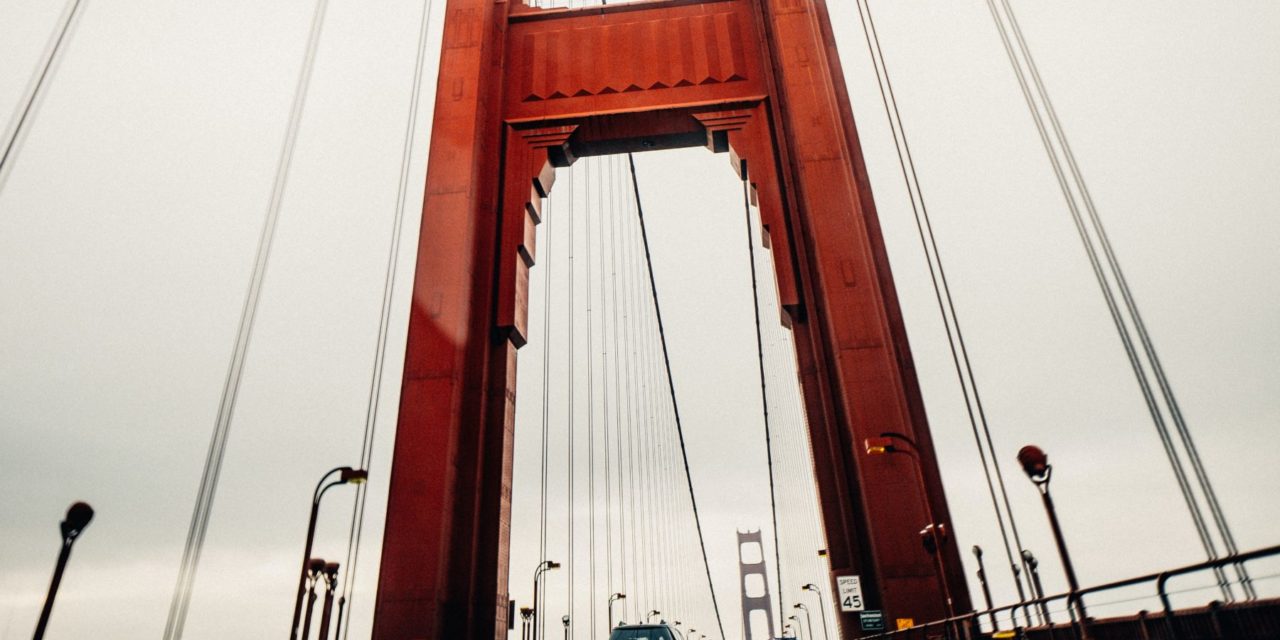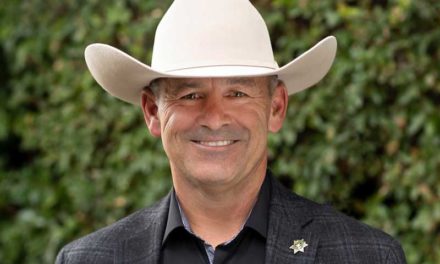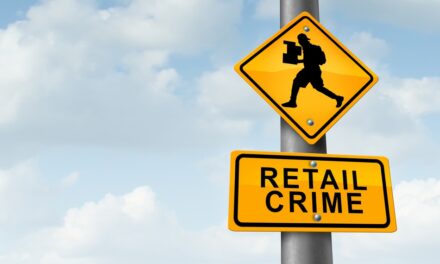WalletHub today released its report on 2022’s Best & Worst States for Summer Road Trips
When it comes to summer road trips, California ranks No. 1 in the number of attractions. It ranks second in its access to scenic byways.
Here’s a snapshot of Road Tripping in California (1=Best; 25=Avg.):
- 1st – Number of Attractions
- 18th – Lowest Price of Three-Star Hotel Room
- 48th – Avg. Gas Prices
- 6th – Nightlife Options per Capita
- 9th – Vehicle Miles Traveled per Capita
- 48th – Car Thefts per Capita
- 2nd – Access to Scenic Byways
- 47th – Lowest Price of Camping
- 1st – Driving Laws Rating
- 26th – Fatalities per 100 Million Vehicle Miles Traveled
With nearly 80% of U.S. adults saying they will take some sort of road trip this summer, the personal-finance website WalletHub today released its report on 2022’s Best & Worst States for Summer Road Trips, along with accompanying videos and expert commentary.
To help travelers plan a fun and wallet-friendly road trip, WalletHub compared the 50 U.S. states based on 32 key metrics. The data set ranges from the number of attractions to road conditions to costs.
WalletHub’s road trip report found that California ranks 30th nationally for summer driving.
Deciding to take a trip is the easy part, though. Picking a destination and affording everything you want to pack into your itinerary is harder, according to Adam McCann, a financial writer for WalletHub. Gas prices might be one thing to worry about, for example. They’ve been growing this year, with the national average at over $4 per gallon now. On top of that, you’ll need to consider accommodations, activities and dining. All of these certainly contribute to the more than $751 billion we spend on leisure travel each year.
Expert Commentary
Do you have any budget-saving tips for those looking to hit the open road?
“With hotel prices back to pre-pandemic levels (and higher) as travel demand spikes, it is worth one’s while to plan ahead and explore accommodation options before the trip and not just wing accommodation while on the road. Also, if one is flexible, then traveling during off-peak times – weekdays, not during peak school vacation, etc. – can help get some really good rates on accommodation and better experiences in restaurants and destinations that are otherwise packed. For meals, making sure to carry food that can help keep the hunger at bay for as long as possible (avocados, nuts, trail mixes, etc.) can help cut down on that extra meal, which, over multiple days, can add up. Finally, given these extremely high gas prices, using an app (like Gasbuddy or Waze) to track the best places to fill up can help ease the burden on the wallet, particularly if the road trip is longer.”
— Makarand Mody, Ph.D. – Associate Professor; Director of Research; Chair of Undergraduate Programs (Interim), Boston University School of Hospitality Administration
“Loyalty programs and credit card discounts can save money at the pump. Investigate offers available in your area, at your destination, and en route. For those flying, book as early as possible. Early morning and sometimes late-night flights are often cheaper because those flight times are less popular. If more than one airport services the area, check them all out when you compare fares. Prices can vary dramatically. Avoid purchasing food and beverages in airports. The prices charged are among the highest you will pay anywhere.”
— Robert Hartwig – Director, Risk and Uncertainty Management Center; Clinical Associate Professor, University of South Carolina
Do you think more people will take road trips this summer than in previous years?
“COVID has made road trips a popular travel option, particularly for those who are more anxious/vulnerable to the virus. While 2020 and 2021 saw record road trips being taken, 2022 has seen the return of air travel in a big way. As vaccination has become commonplace, we have better COVID treatments and the strains get supposedly weaker, Americans are likely to want to venture out to destinations beyond what road travel allows. I think we will not see the same increase in road trips that we saw in the last two years; in fact, we may even see a decrease as more people seek out more long-distance options.”
— Makarand Mody, Ph.D. – Associate Professor; Director of Research; Chair of Undergraduate Programs (Interim), Boston University School of Hospitality Administration
“More Americans will travel than in 2021 and 2020, but high gas prices, rising airfares and prices, and pricey hotel stays will like to keep travel demand somewhat below 2019 (pre-pandemic levels).”
— Robert Hartwig – Director, Risk and Uncertainty Management Center; Clinical Associate Professor, University of South Carolina
How can local officials enhance safety and promote tourism during the busy summer road trip season?
“With most states and local jurisdictions getting rid of safety precautions in the form of masks or social distancing, COVID-related safety is certainly something that will be difficult to implement. I think tourism promotion and making up for the lost time is going to be top of mind for most destinations. At most, they can make suggestions for safety precautions; keep reminding people of the need to wear a mask, wash hands frequently, and socially distance wherever possible.”
— Makarand Mody, Ph.D. – Associate Professor; Director of Research; Chair of Undergraduate Programs (Interim), Boston University School of Hospitality Administration
“Different regions have different ideas about what they want for their communities. As tourism professionals, we should not be dictating what is right or wrong. Rather, we should be listening to our stakeholders and especially our community members and business owners. We should work with them to promote tourism in the form and fashion they are most comfortable with.”
— Justin Taillon – Professor; Department Head, Hospitality & Tourism Management, Highline College
You may read the full report by clicking here.
Image Sources
- Golden Gate Bridge: Pexels







